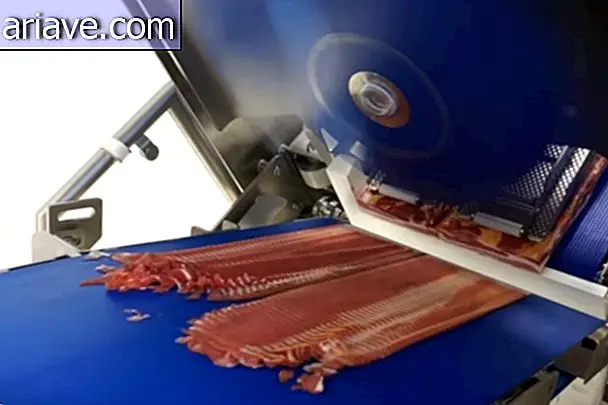Find the answers to 5 random and interesting questions
1 - What would happen if we launched fireworks on the moon?
Since the atmosphere on our satellite is practically non-existent and there is no oxygen there to allow them to ignite, we would not see any "show" if we launched fireworks at the moon.

On the other hand, if there were oxygen, as the force of gravity down on the moon is much lower than here on our planet, the fireworks would reach altitudes six times higher than on Earth - and then, yes, you could see a show. of colors!
2 - What causes menstrual cramps?
Basically, what causes cramps is the contractions of the uterus - which occur continuously but are stronger when women are menstruating. This is because, every month, the organ prepares to receive a possible pregnancy by forming a lining on the uterine walls that allow the embryo to lodge and the placenta to form.

However, when pregnancy does not happen, the uterus contracts to eliminate this lining - so that it forms again during the next cycle. It turns out that this process reduces the blood supply to the organ, and lack of oxygen is what causes menstrual pain.
3 - Do all Solar System planets rotate in the same direction?
If it were possible to hover over the north poles of all planets that make up the Solar System, we would observe that the vast majority, including Earth, rotate counterclockwise. This, by the way, is not a random direction, but the one in which the protostellar disk that gave rise to the Sun and the other worlds that form our neighborhood rotated.

But we mentioned that "most" of the planets in the solar system rotate counterclockwise, right? So who rotates to the other side? Venus, viewed from its north pole, rotates clockwise, while Uranus has an axis of rotation that is tilted almost perpendicular to its orbital plane.
And why do these two planets rotate in different directions from the others? One of the theories is that Venus and Uranus possibly engulfed themselves in violent afterwards shortly after formation, altering the direction of their rotation.
4 - Why does Swiss cheese have "holes"?
As you may know, cheese is made by adding bacterial cultures to milk. In the case of Swiss cheese, the producers add an extra species of these organisms - Propionibacter shermani - which act by degrading the lactic acid released by the other colonies.

This results in a higher production of carbon dioxide and, consequently, the formation of bubbles in the food medium. Interestingly, although the holes were so traditional of this type of cheese, in the past, they were considered as imperfections and were even removed by pressing the product until it had not completely solidified.
5 - Why does the stomach make noise when we are hungry?
As you may have heard out there, the "snoring" produced by our stomach is called borborigmo - and it is produced by both the contraction of this organ and the intestines, something that occurs more or less constantly in our body.

For, as part of the digestive process, the stomach contracts to mix ingested food with gastric juice, and then the intestines also perform this action to push what we eat into ... well, the exit door.
It turns out that when the stomach is empty, the noises are more intense because this organ and the intestines end up pressing and pushing air through the body. In fact, even after eating - hour and a half hours later - contraction waves occur between the stomach and the small intestine so that the undigested remains left behind can be eliminated and the digestive system “cleansed”. "











